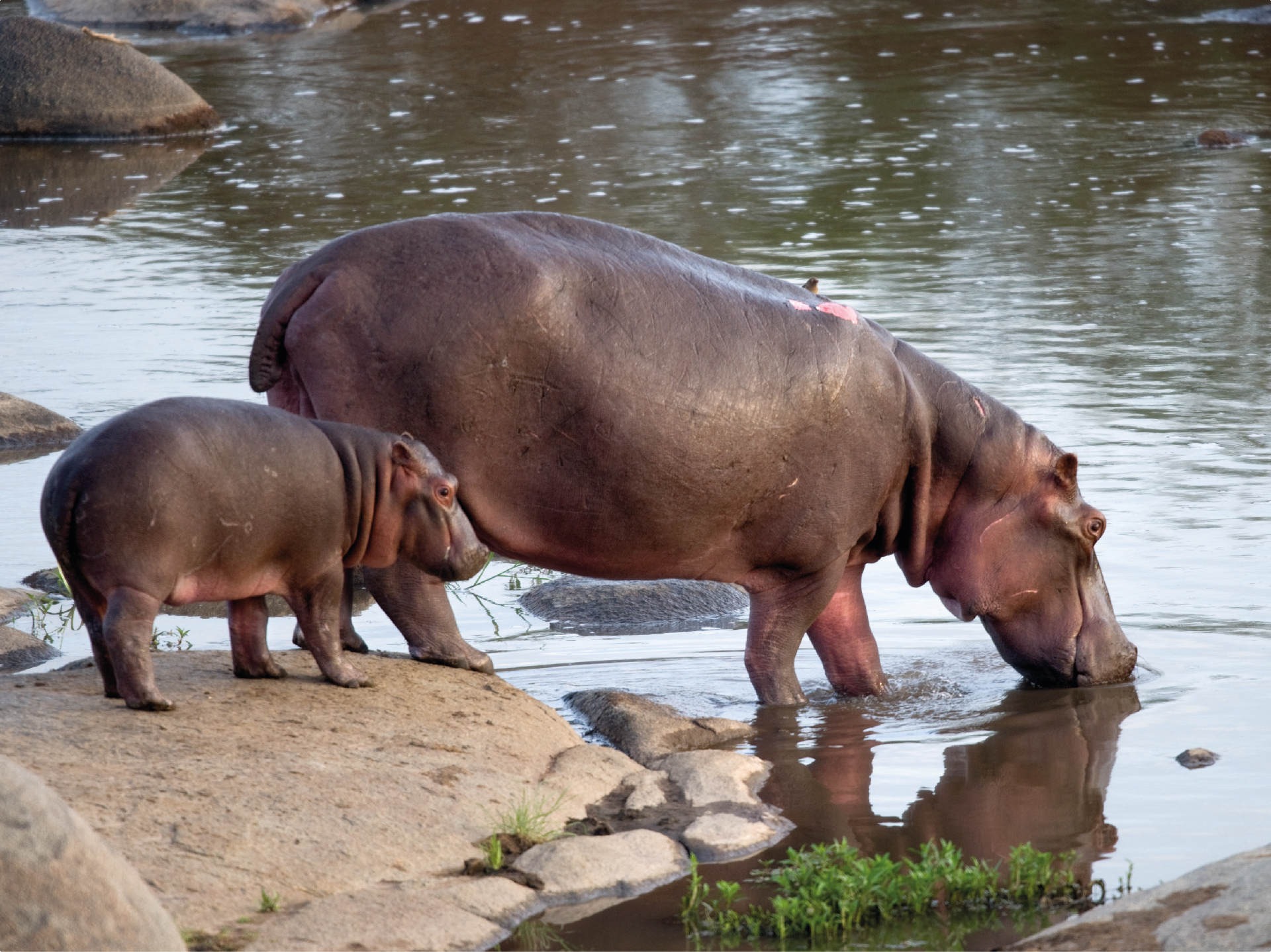Rubondo Island National Park, located in the southern part of Lake Victoria, is the largest island national park in Africa, with an area of 240 km². Ninety per cent of the park consists of equatorial rainforest, the remainder is characterised by rocky areas, pristine sandy beaches, papyrus swamps and expanses of date palms. Since the 1960s, the island has become a refuge for a surprising number of large animals: semi-aquatic sitatunga antelopes, elephants, giraffes, hippos, crocodiles and, in particular, chimpanzees. The latter, rescued from zoos and circuses throughout Europe, were brought here by Professor Bernhard Grzimek of the Frankfurt Zoological Society and the population now numbers over forty individuals.
The park is also home to 40 species of orchids that attract beautiful butterflies and around 300 species of endemic and migratory birds, making it an ornithologist's dream. The most common species are the fish eagle, african spoonbill, kingfisher, marabou and african grey parrot.
The wonders of Rubondo, however, are not limited to the terrestrial environment. Rubondo together with other smaller islands is an important protected area for fish breeding. In particular, there are tilapia fish, which form the basis of the diet of the numerous otters, and the Nile perch, which, reaching a weight of up to 100 kg, is one of the most sought-after prey for fishermen all over the world.
In addition to wildlife observation, the park offers a wide variety of activities ranging from classic game drives to walking safaris, from canoeing to sport fishing. Despite being less well known than Tanzania's more famous national parks, Rubondo is a hidden treasure that offers a
unique and special safari experience for those seeking adventure, wildlife and unspoilt places!
The island can be reached by plane from Arusha or the Serengeti and the best time to visit is during the dry season, from June to September.






















